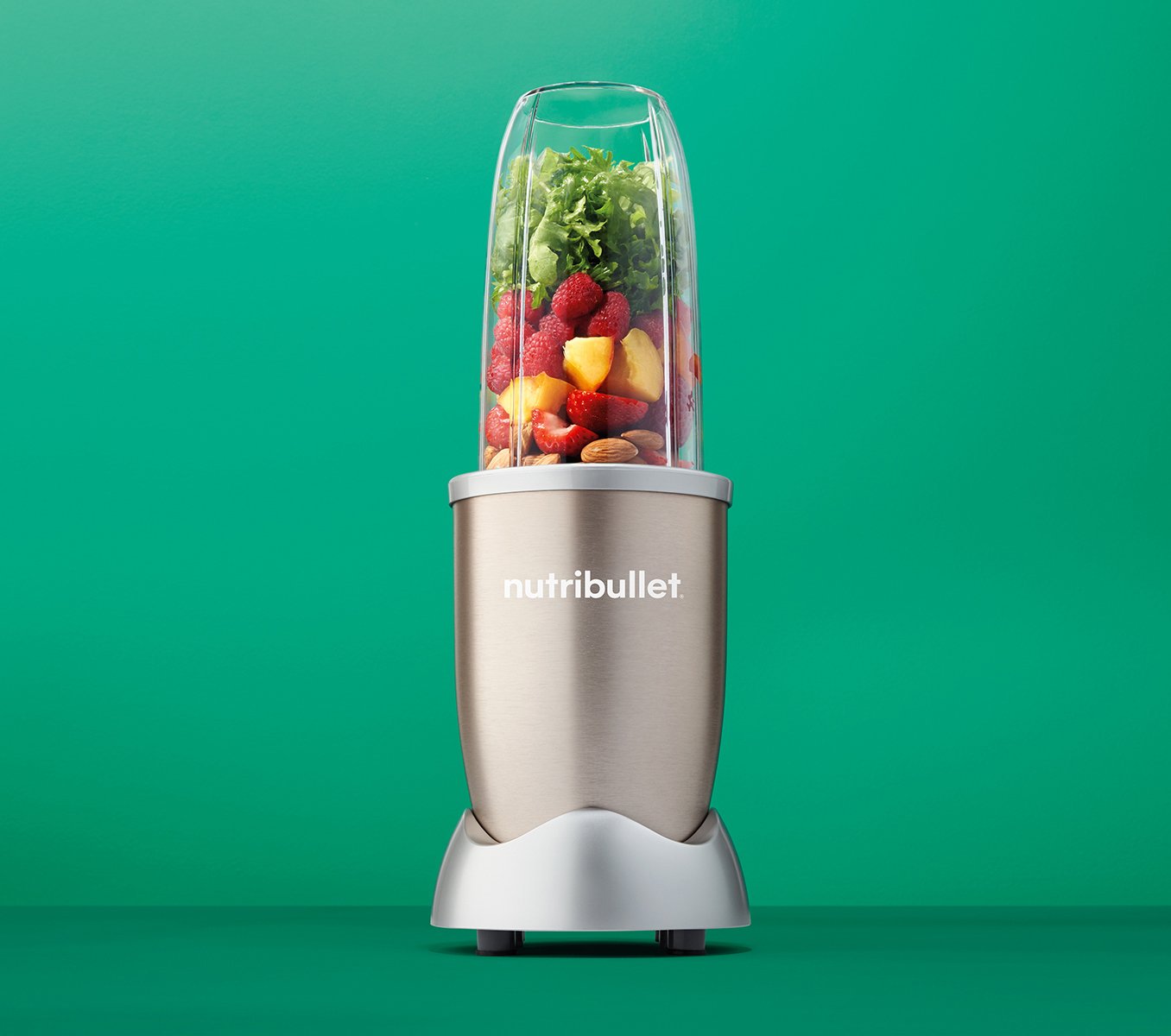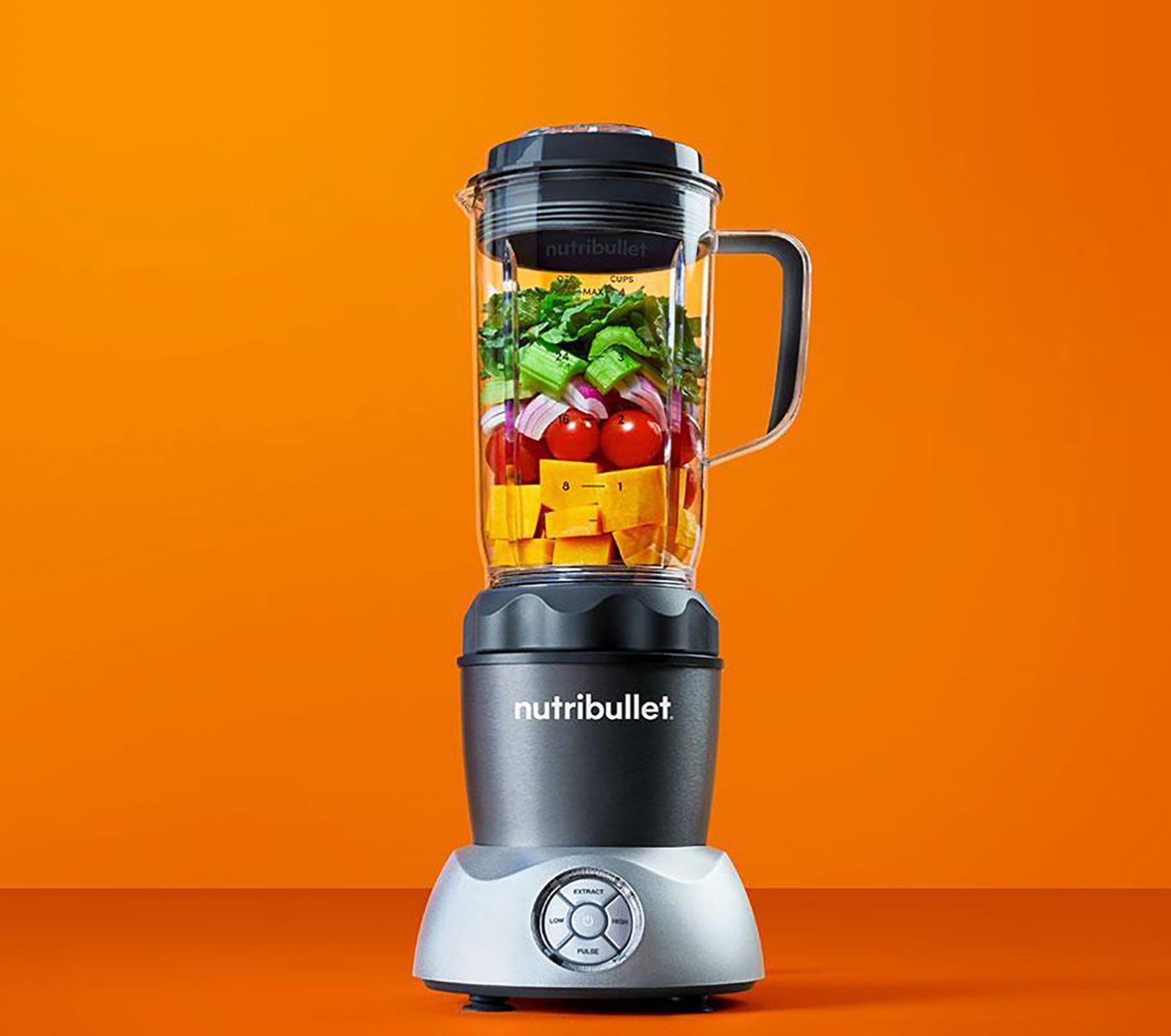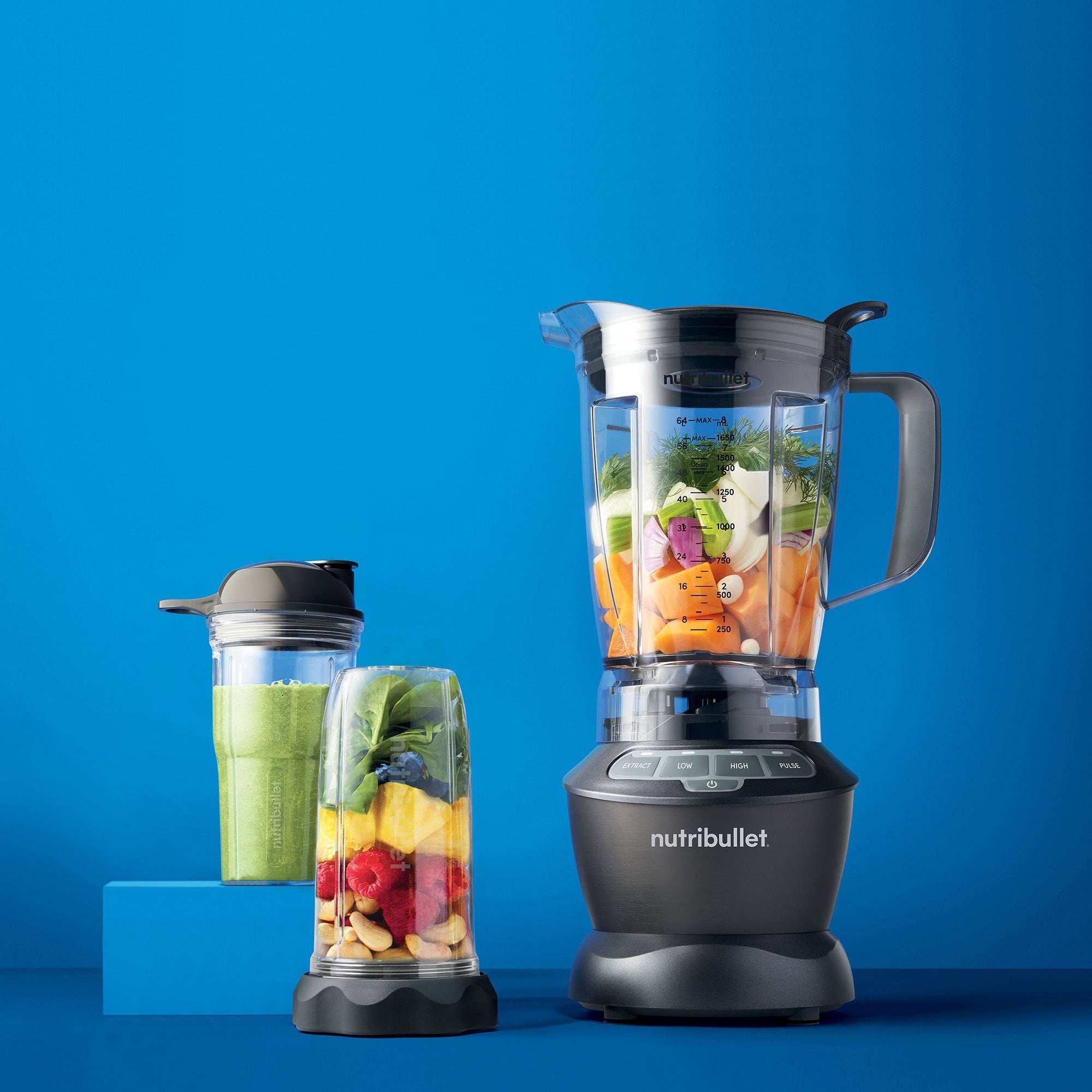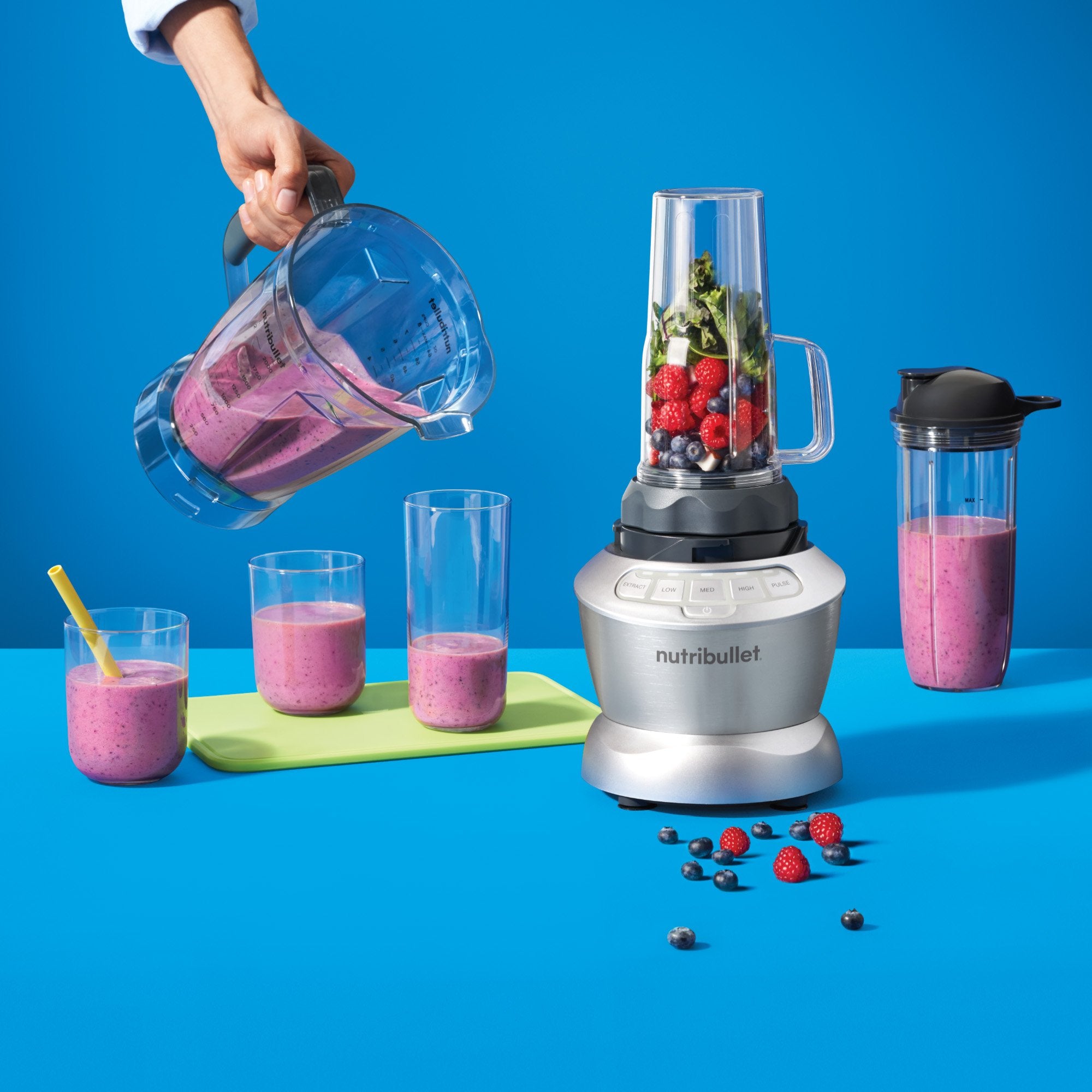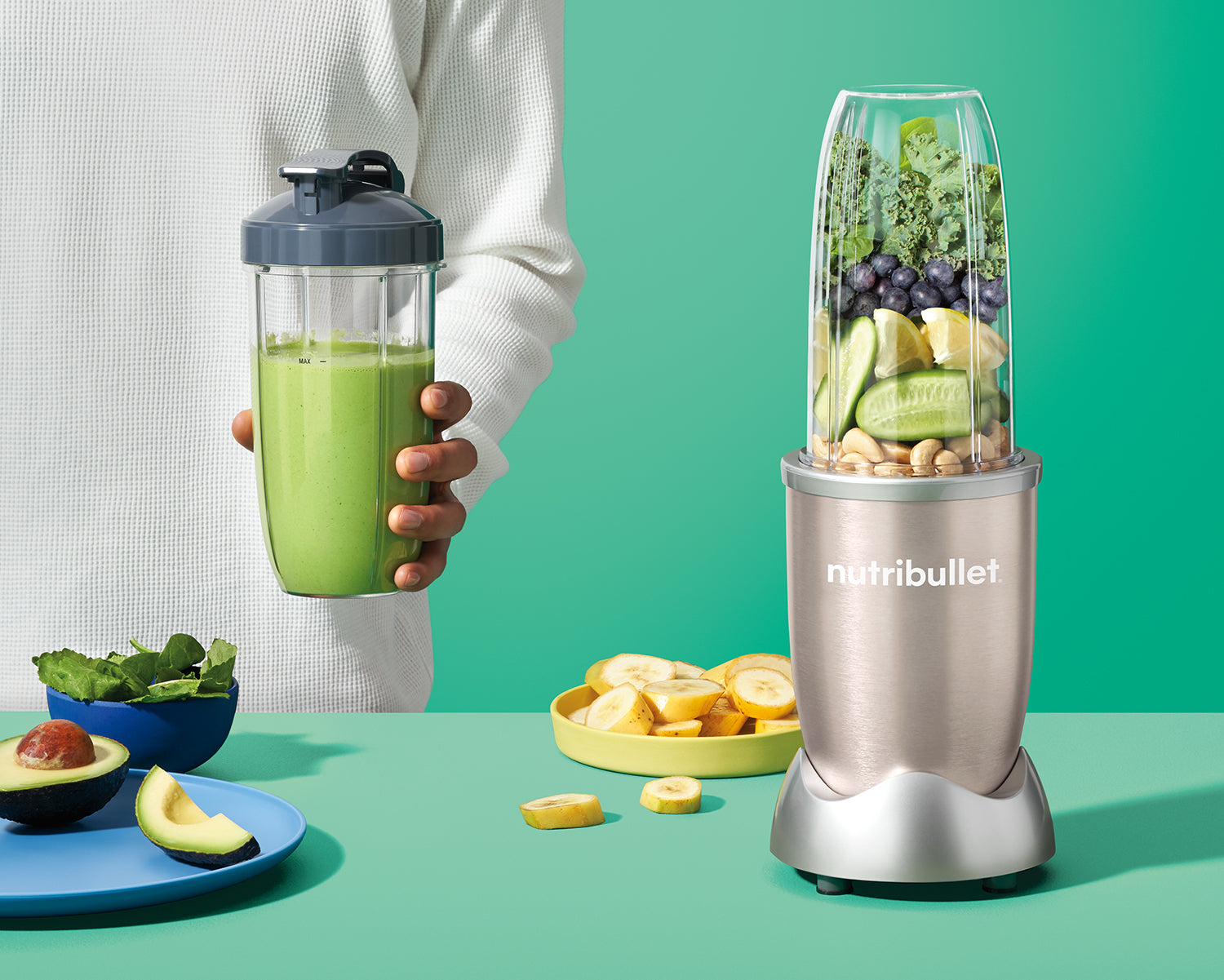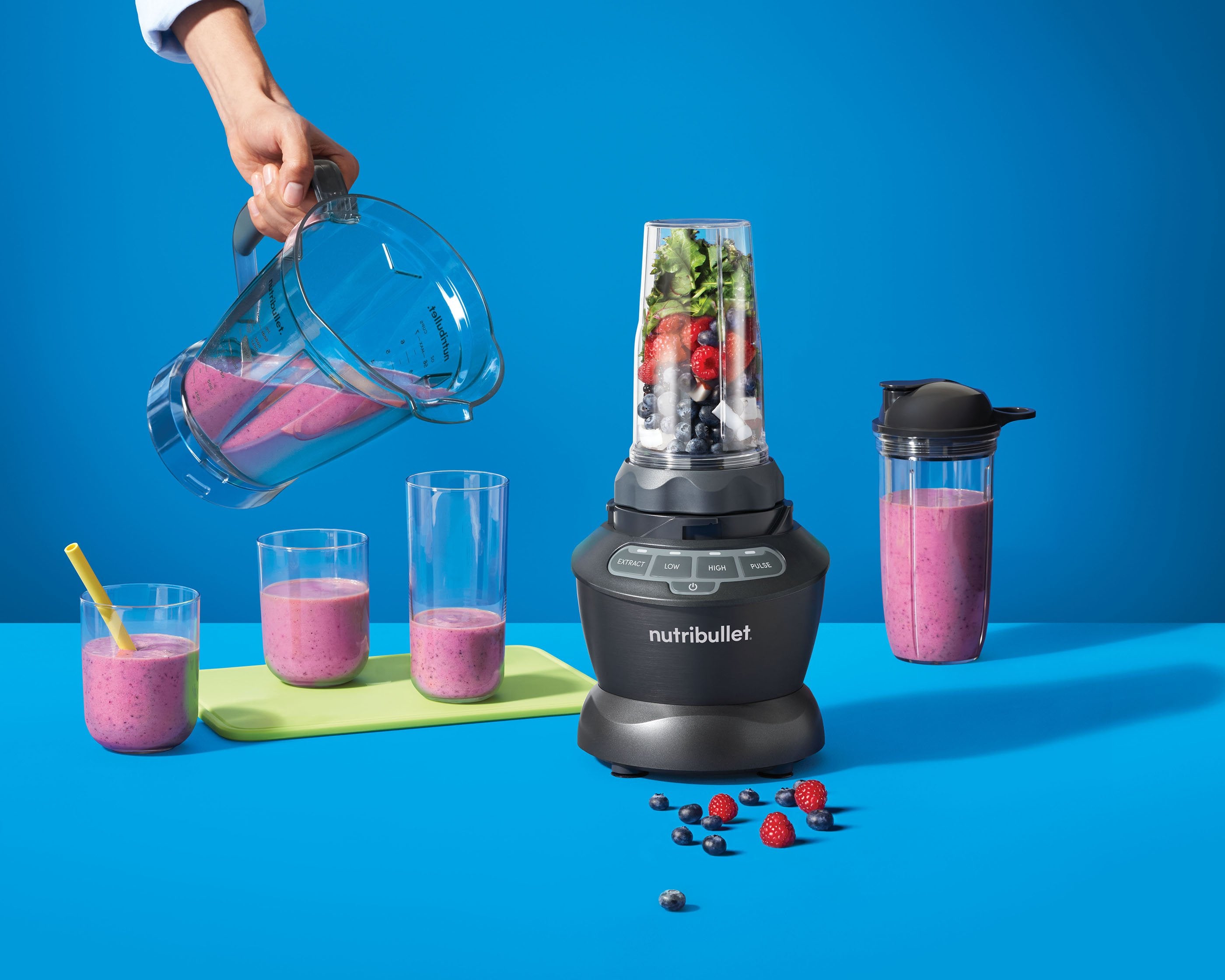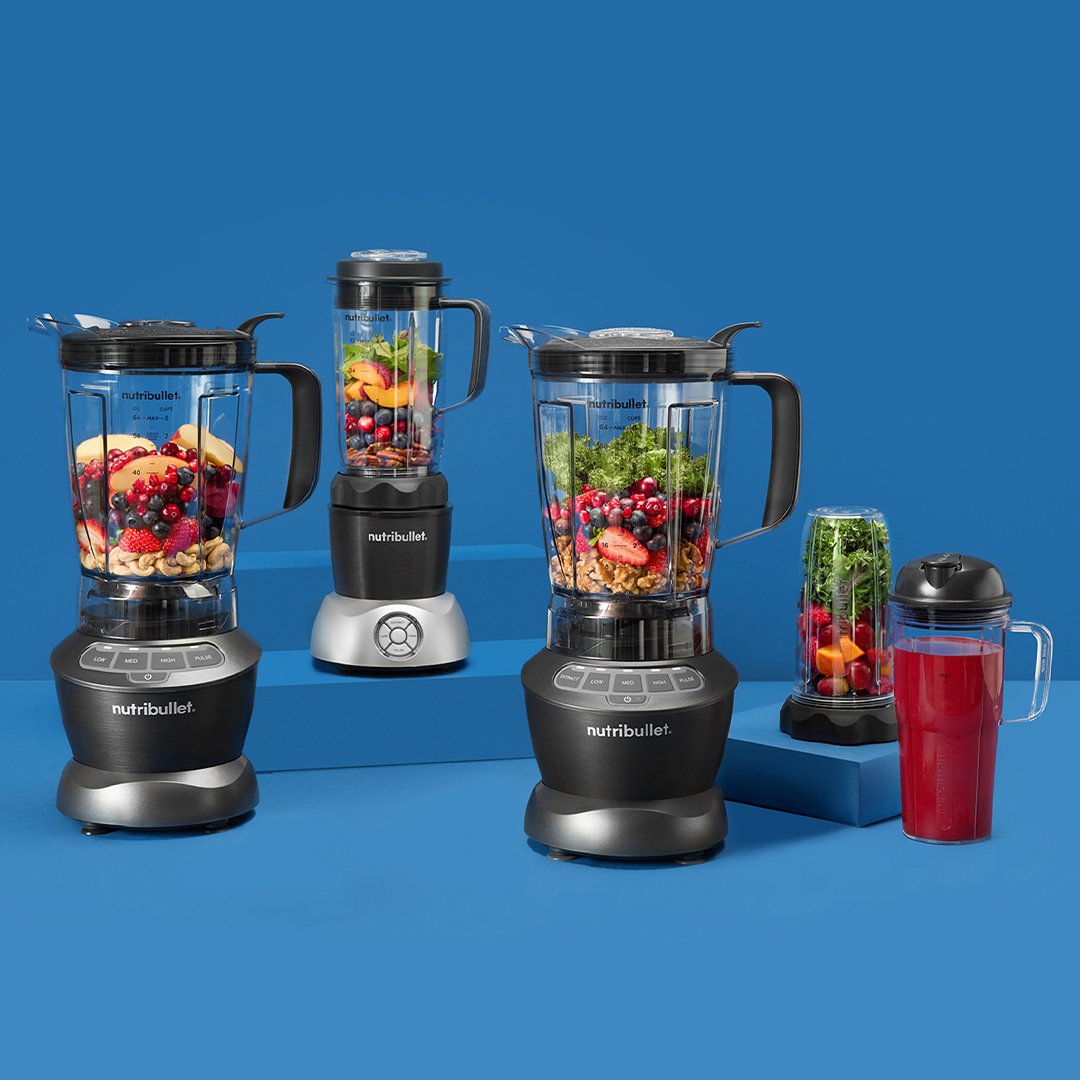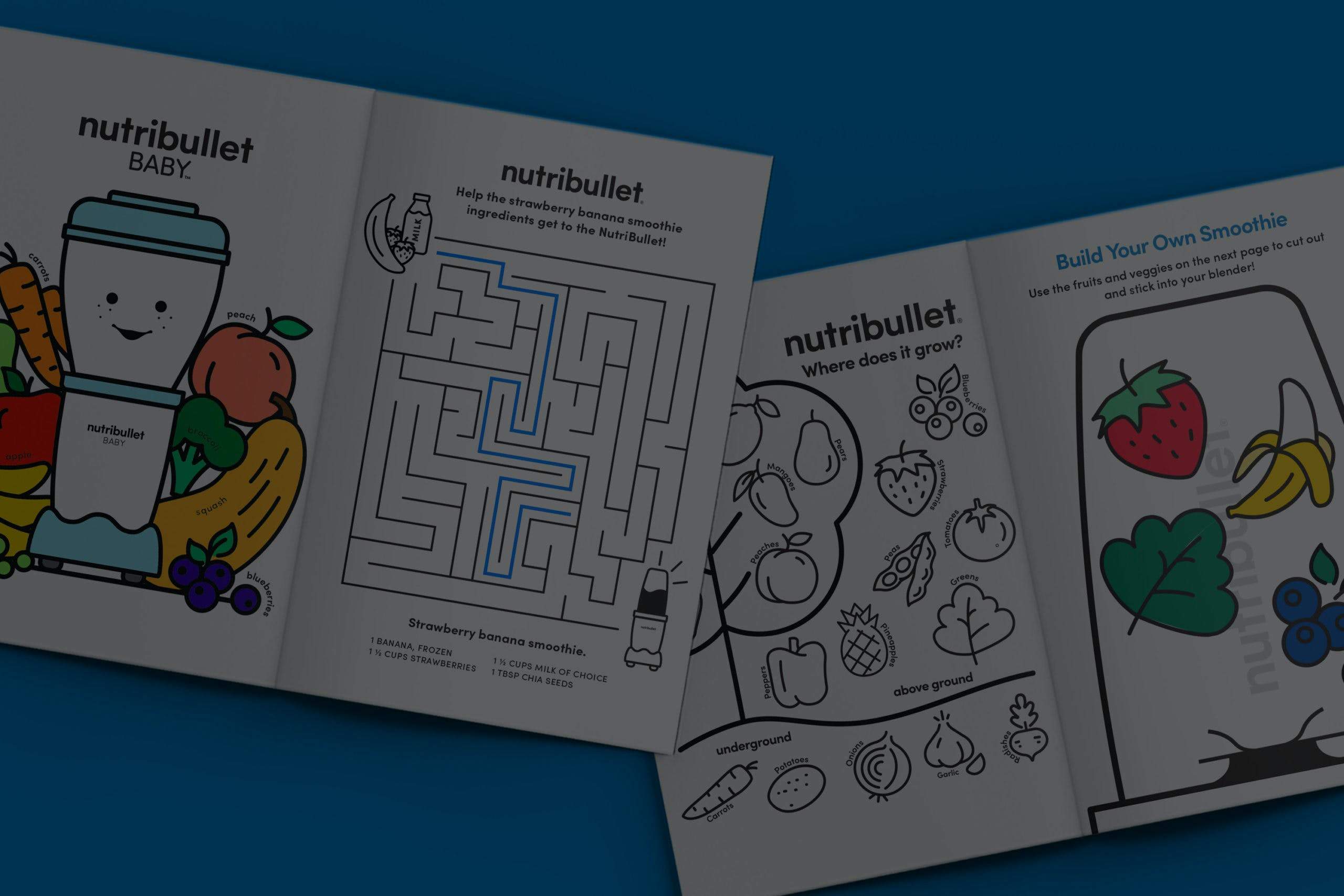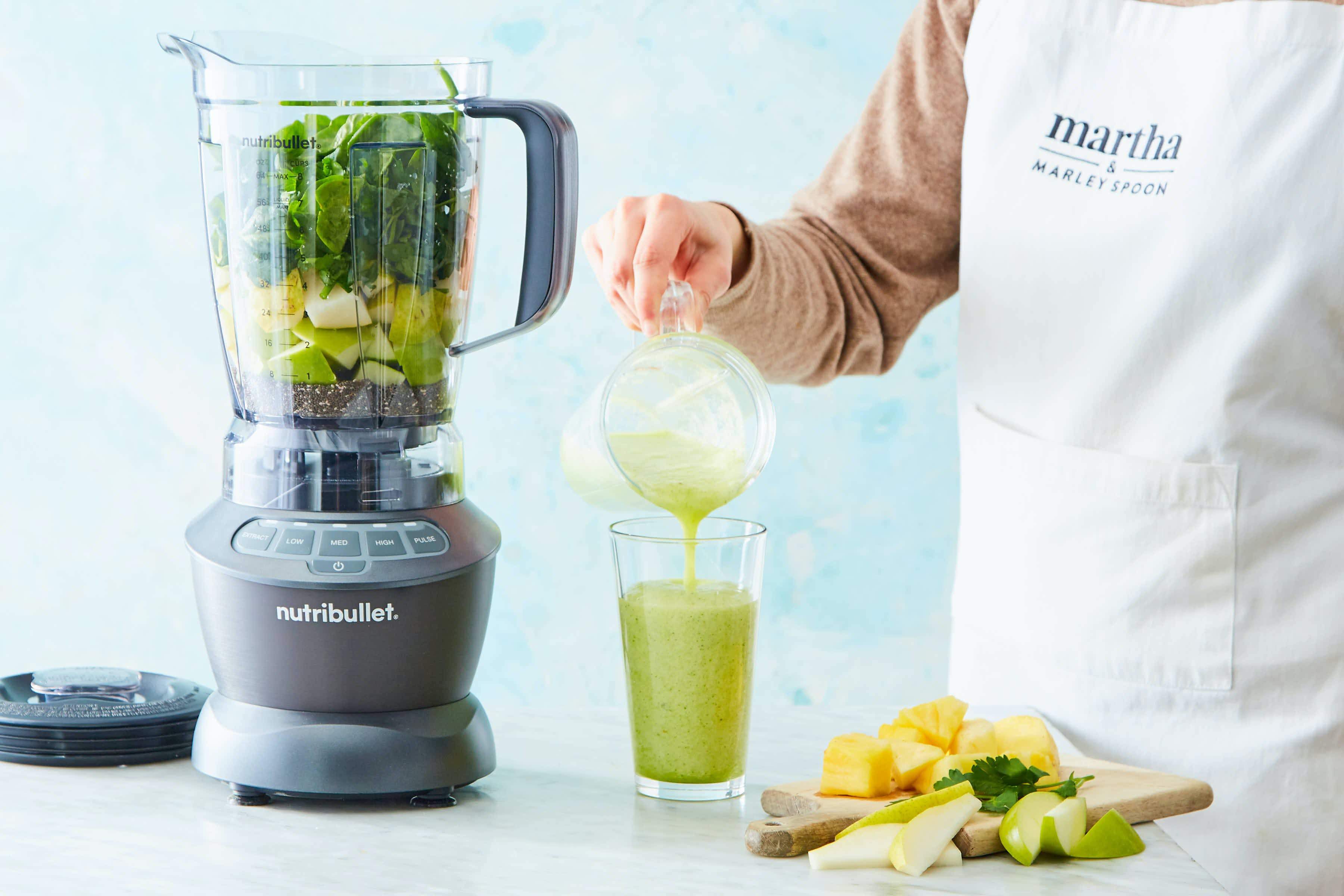What do you often look for on a nutrition facts label? The calories? The total fat? How many servings there are? Nutrition labels tell us a lot about packaged foods, but those numbers won’t help us if we don’t fully understand what they mean. There are many parts of a nutrition label that we should pay extra attention to when deciding whether or not we want that product in our bodies.
Serving Size
It’s important to understand that nutrition facts are calculated for one single serving. Some cereal boxes, for example, suggest that a serving size is ¼ cup, but most people end up having 1 to 1 ½ cups for breakfast! You’ll have to take into account how much you eat compared with what the label claims is one serving size.
Percent Daily Value
Daily Values are the average levels of nutrients in the product, based on a 2,000 calories per day intake. If a label claims that one serving contains 5 percent of the daily value of calcium, it means that if you ate 2,000 calories that day, 5 percent of it would come from a serving of this product. Because everyone’s daily intake level is different and should be calculated individually, I recommend ignoring this portion of the food label.
Fat, Cholesterol, and Sodium
Eating foods with less fat, cholesterol, and sodium helps reduce the risk of heart disease and high blood pressure.
Total Fat includes saturated, polyunsaturated, monounsaturated, and trans fat. Many labels categorize those into saturated, unsaturated, and trans fat. Look for products with higher unsaturated (mono and poly) fats and less saturated and trans fats. The latter two (especially trans fat) are linked to an increased risk of heart disease. In some countries, and even certain states, the inclusion of trans fats in packaged, processed foods has been banned.
High sodium intake can lead to high blood pressure, cardiovascular disease, and stroke. Depending on your health and medical history, you may need to limit sodium intake.
Protein
Protein is becoming increasingly important in terms of weight management, anti-aging, blood sugar regulation, and athletic performance. It should be consumed during every meal and snack, based on individual needs. Lean proteins and vegetable-based proteins are the healthiest for our bodies and metabolism.
Carbohydrates
There are three types of carbs: sugars, starches, and fiber. Limiting refined processed carbs and sugars and increasing naturally occurring carbohydrates such as whole grains (brown rice, oats, and quinoa), fruits, and veggies are the best for your health.
Sugars
Simple carbohydrates can come from natural sources (i.e. fructose from fruit or lactose from milk products), as well as processed unnatural sources such as sucrose (i.e. corn syrup) and artificial sources like aspartame. Of these sugars, those that come from natural sources are the healthiest choices.
Ingredient List
Ingredients are listed in descending order by weight, with the most abundant ingredient in the front. This information is helpful to people with food allergies and sensitivities. Be on the lookout for any artificial sugars and sweeteners, food dyes and coloring, and trans or hydrogenated fats. I suggest looking at the ingredients list first before moving onto the rest of the nutrition label. Once you know that the food is free of any harmful ingredients, you can focus more on its nutritional breakdown.
Whether your main goal is to better manage your weight or lower the risk of developing certain diseases, nutrition labels arm us with the tools and knowledge to make healthy choices that best fit our dietary needs. To make sure that you get the most out of a nutrition facts label, understand what each component means so that you know exactly what you’re putting into your body.
Nutritional information
Recipe: Creamy Green Strawberry Dream Serving in this recipe:1
- Calories: 236.6
- Total Fat: 3.6 g 5.5%
- Saturated Fat: 0.4 g 1.9%
- Cholesterol: 0 mg 0%
- Sodium: 358.7 mg 14.9%
- Total Carbs: 45.7 g 15.2%
- Dietary Fiber: 9.9 g 39.4%
- Sugar: 22.1 g
- Protein: 8.1 g 16.2%
- Vitamin A: 481.9% Vitamin C: 244.1%
- Calcium: 68.5% Iron: 26.1%
* Percent Daily Values are based on a 2,000 calorie diet. Your daily values may be higher or lower depending on your calorie needs.

